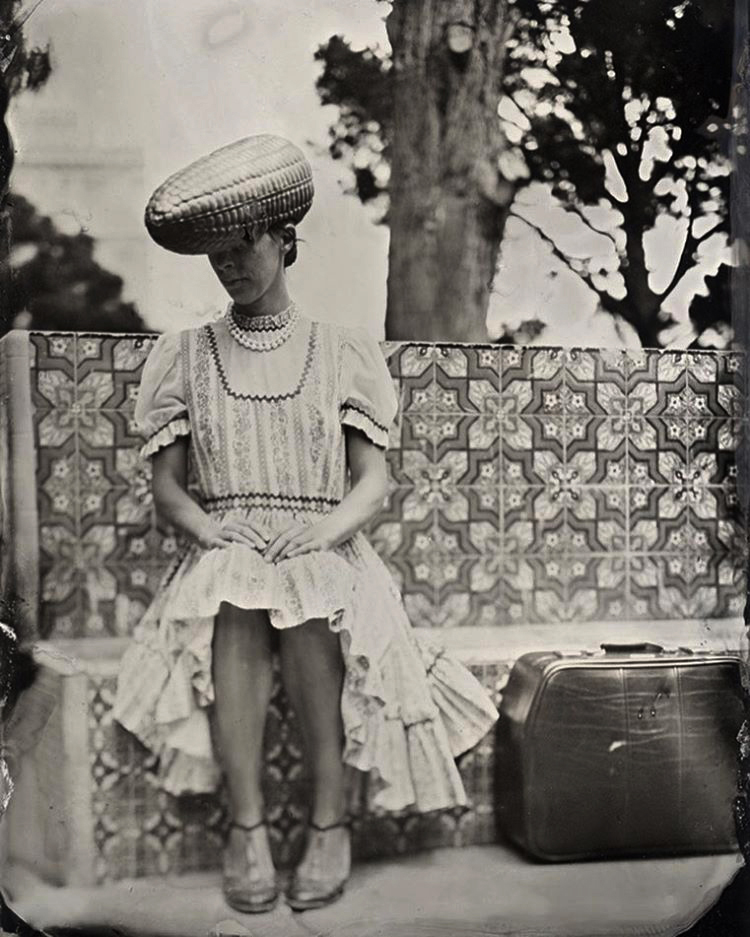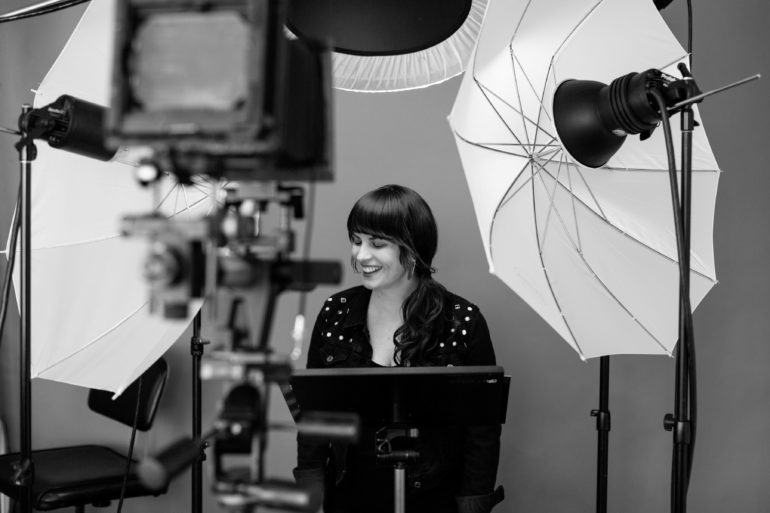If you loved our feature on how old school photography studios are standing out today, here’s our full interview with Kari Orvik for additional reading.
We’re confident that some of you are shocked that the film industry is still alive and kicking, If you fall into this camp, you’d be even more astonished to find out that more ancient, antiquated photography processes — tintypes and ambrotypes — are still around. Best of all, you can book a sitting today with studios offering portrait sessions in these unique processes. We very recently got in touch with a bunch of these old school photography studios to find out how they are standing out from their modern counterparts. You’ve most likely read about that here. However, we also wanted to share with our readers our full interview with each of these studios to paint a clearer picture of their visions, how they work, and what it’s like running their unique spaces.
Kari Orvik has been running her own tintype studio since 2014. There, she uses the wet collodion process for her own personal artworks apart from engaging people in unique and tangible portraiture.
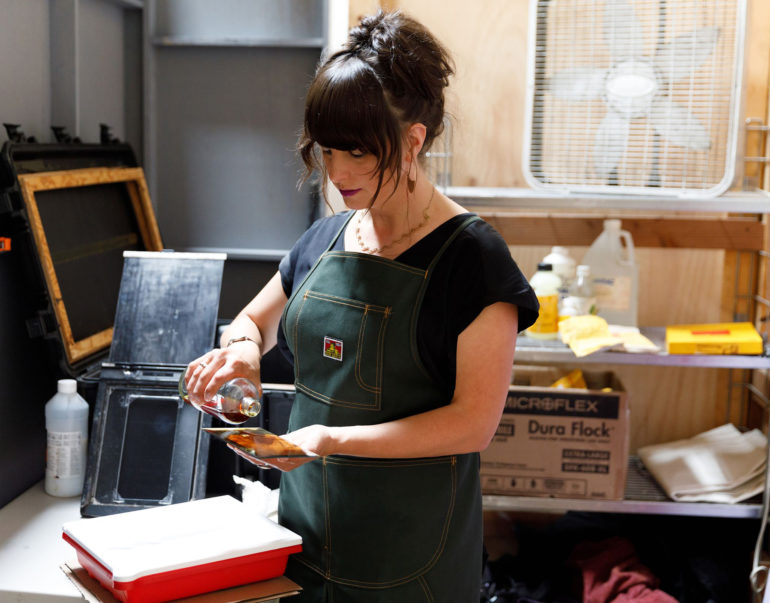
Phoblographer: Please introduce your amazing studio to us. When was it founded? Why did you decide to open a studio specializing in tintype photography?
Kari Orvik: I opened my tintype studio in 2014, after shooting for Photobooth SF, a tintype studio and camera shop that both owners, Michael Shindler and Vince Donovan, decided to close earlier that same year. I had taken a tintype workshop with Michael back in 2006 at Rayko Photo Center, and in both of those communities I found a shared passion for keeping analog photography alive at a time when digital equipment was increasingly dominating the medium. I had always wanted to open a portrait studio – I first started setting up mobile studios when I was working in affordable housing.
Now, specializing in tintypes has allowed me to stay in the darkroom and continue to meet such a diverse spectrum of people who share an interest in this process.
Phoblographer: Can you tell us about the age group/demographics of your clientele? Why do you think they became particularly interested in tintype?
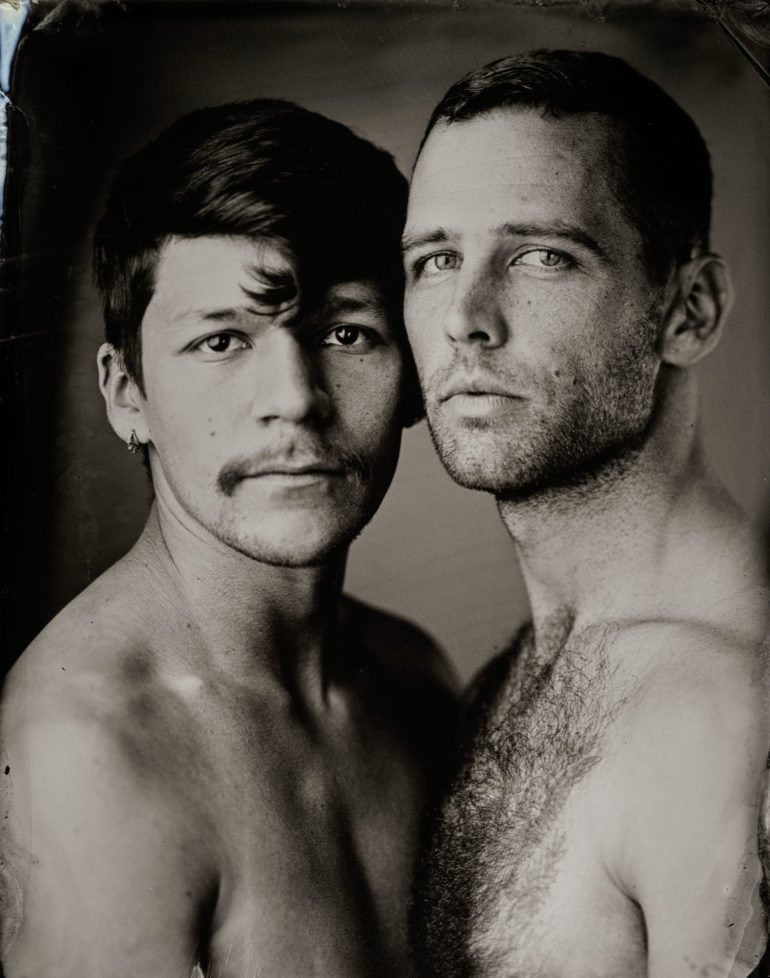
Orvik: One of the good things about having an appointment-only portrait studio is that it’s self-selecting – only people who are interested end up getting in touch with me. Since Photobooth was a storefront business, a lot of time was spent explaining the process to curious people wandering in off the street, and not everyone was into it. I think that Photobooth contributed a lot to raising awareness about tintypes at that time – through the press they received, explaining the process to people walking in, and folks sharing their images and their experiences through social media.
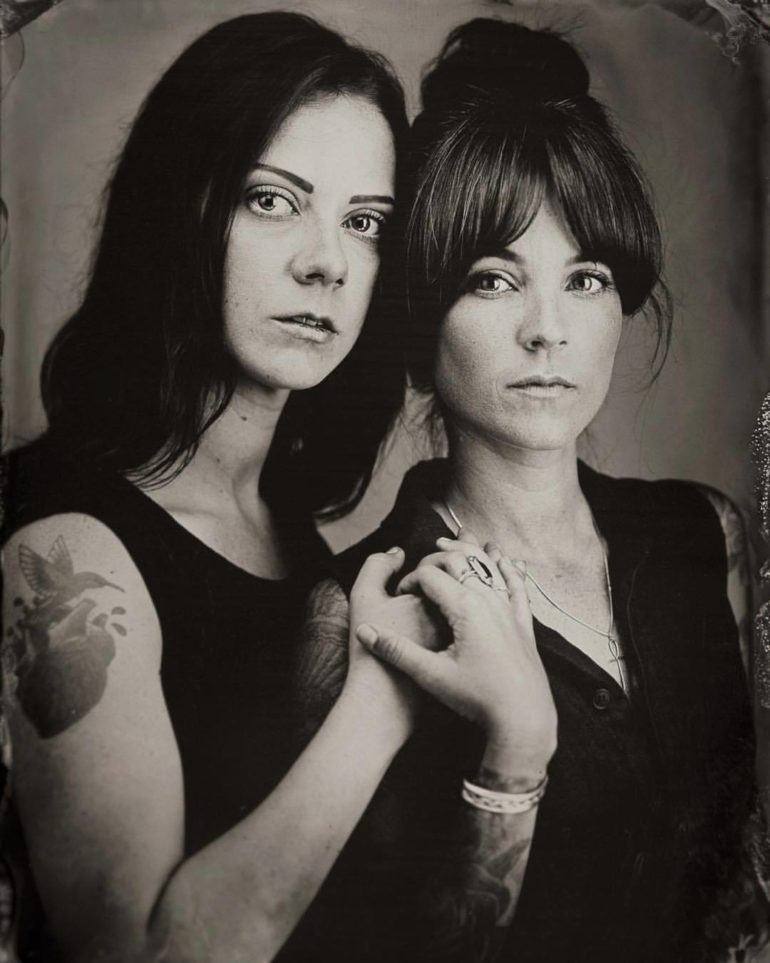
I think that the session can engage people in a meaningful way, especially seeing the image come alive in the darkroom, and through these exchanges we both learn from each other – I am constantly amazed by the people I meet through the studio.
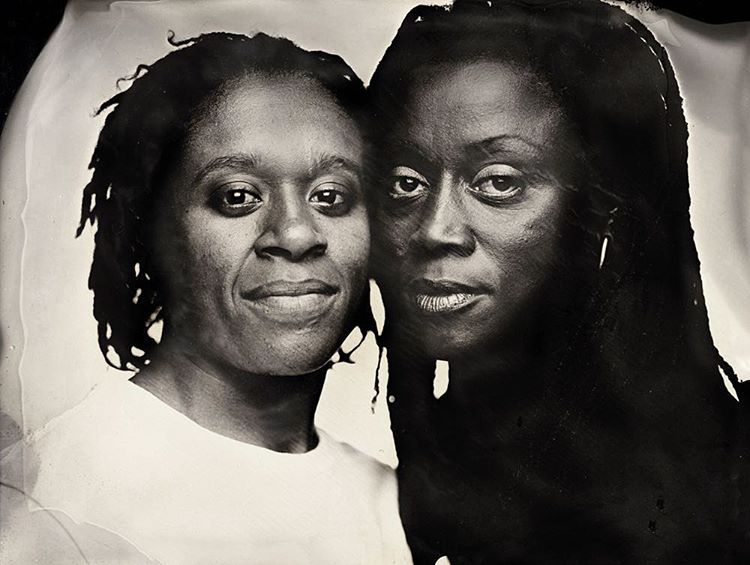
“I think that the session can engage people in a meaningful way, especially seeing the image come alive in the darkroom…”
Phoblographer: What do you believe to be the most stand-out advantage/selling point of tintype studios today?
Orvik: People often choose tintypes when they want to commemorate an important moment in their life or give a special gift to someone. I think that the session can engage people in a meaningful way, especially seeing the image come alive in the darkroom, and through these exchanges we both learn from each other – I am constantly amazed by the people I meet through the studio. They receive a physical object they can hold in their hand and pass on to others.
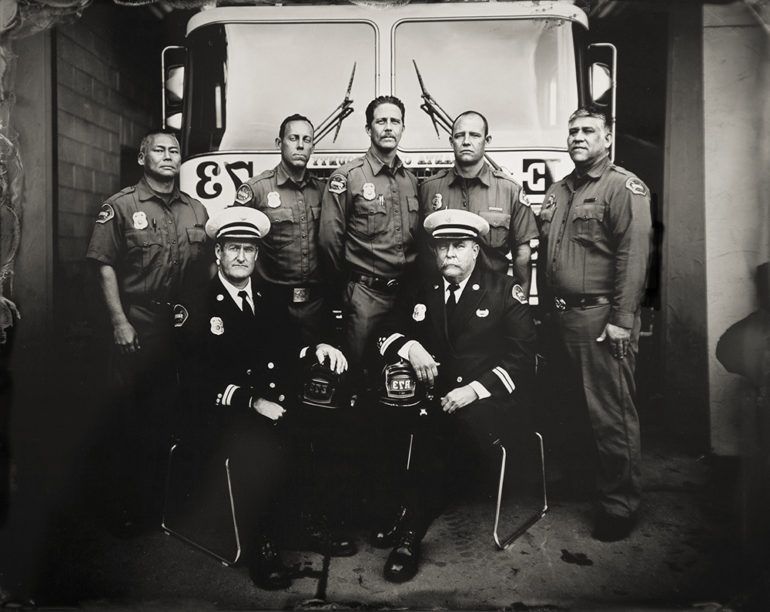
Phoblographer: What is it like putting together a tintype studio and running it? What are the challenges and how do you overcome it?
Orvik: I seem to be good at finding the most difficult way to complete a task, so this process is a perfect match for me… On a given day I’m usually carrying some piece of heavy equipment from one place to another, or troubleshooting some problem that’s come up, either with the chemistry, camera or lighting. I try to keep an open mind and a sense of humor — enough things have gone wrong that regardless of what is happening, I try to stay calm and trust that it will work out. Sometimes it doesn’t, but most of the time it does, which is what keeps me going.
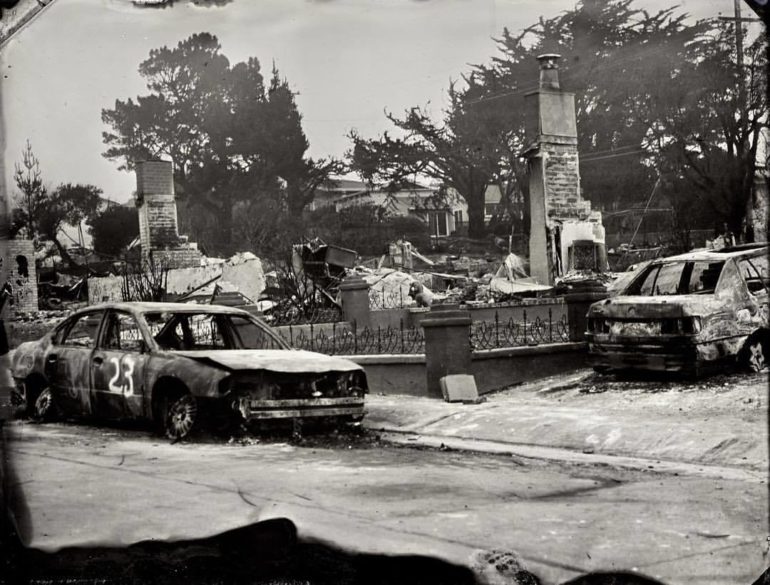
Phoblographer: Can you share with us the most unique tintype project you’ve done to date, and the story behind it?
Orvik: In addition to the portrait studio, I incorporate the wet plate process into my personal artwork. This has involved setting up a darkroom in an old military gym for a tightrope-walking project I worked on while at the Headlands Center for the Arts in Marin, and most recently at a residency at the Recology SF (the dump) where I repurposed old chemistry that came through Hazardous Waste and used scavenged glass to make images on.
Outside the portrait studio, my practice always seems to come back to looking at what we hold on to, what we let go of, and where we place value.
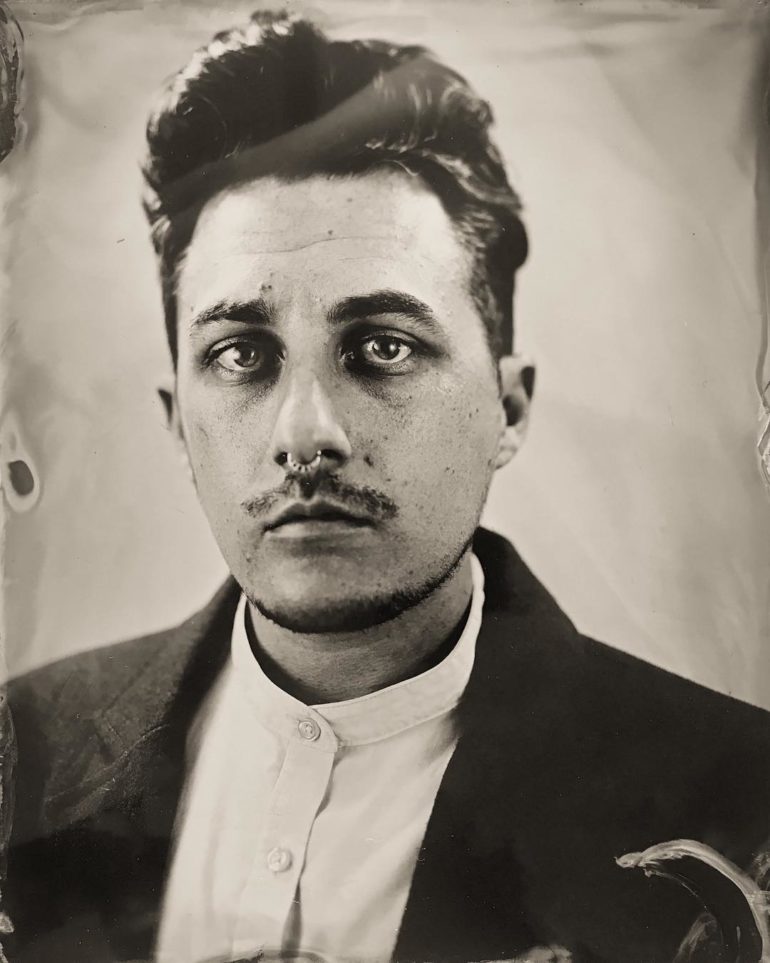
Phoblographer: What is the most common misconception about this type of traditional photography that you try to dispel with your clients?
Orvik: I encourage people to be open to the process of shooting a single, or few images (as opposed to hundreds) – that it’s not as daunting as it might seem. I let them know that most people I photograph don’t like having their portrait taken – they are not alone. One of the hardest things to witness is how harsh people’s inner critic can be on how they look – I try to point their attention to what I see is beautiful.
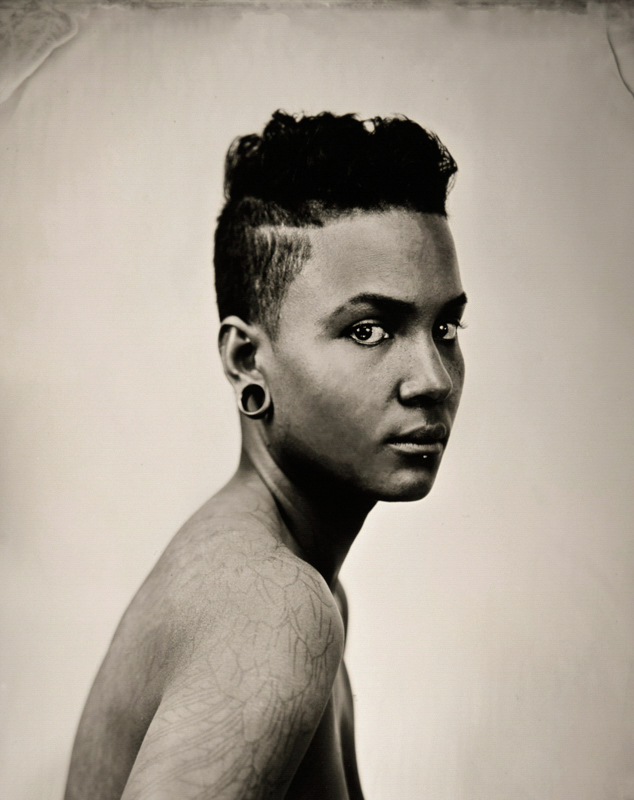
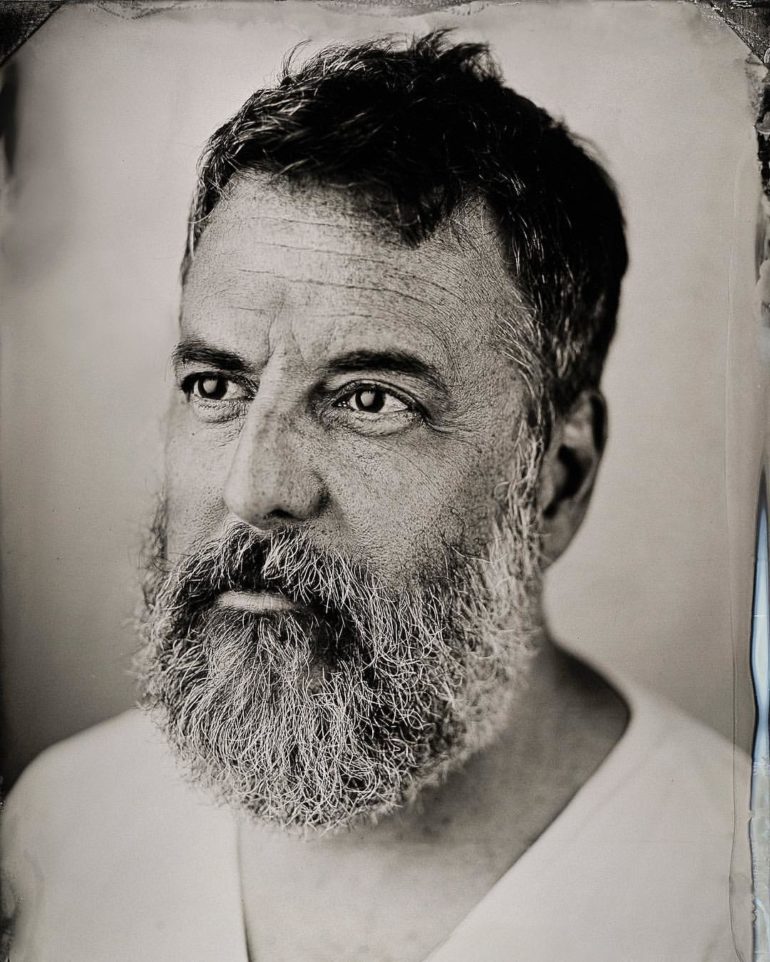
Phoblographer: How do you think this specialized form of photography will fare or evolve, say, in the next 10 years?
Orvik: Things can change so quickly, it’s hard to know what is ahead. It’s possible that more people may have tried this process in the future so the number of wet plate images may proliferate, but I think the importance of the interaction between photographer and subject will not go away, and the physical object of a photograph will continue to have meaning in an increasingly virtual world.


